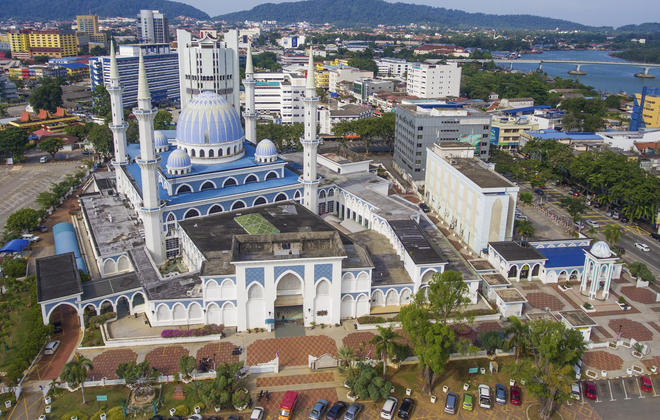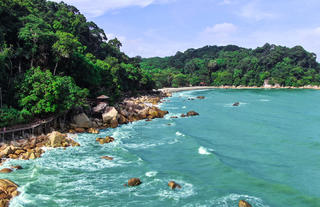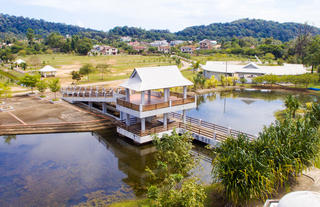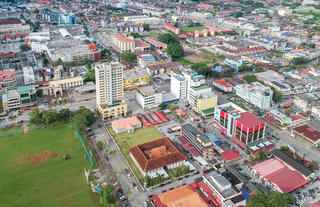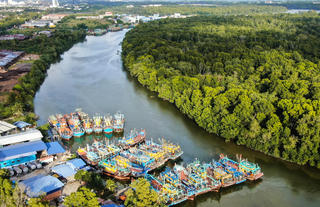Malaysia is a nation characterised by intriguing contrasts. It is a complex combination of various cultures, diverse landscapes and architectural styles. Chinese joss houses, Hindu temples and gold-domed mosques exist alongside state-of-the-art skyscrapers and contemporary business complexes. The land itself is divided into two parts by the South China Sea. Peninsula Malaysia (West Malaysia) boasts vast bustling cities, stately colonial architecture, misty tea plantations and tranquil islands. Malaysian Borneo (East Malaysia) features lush jungles brimming with exotic animal and plant life, towering granite peaks and even some remote indigenous tribes. Outdoor enthusiasts can indulge in a range of adventurous activities including hiking through some of the world’s oldest tropical rainforests, scuba diving in some of the world’s most renowned dive sites, or white water rafting in one of the nation’s numerous exquisite national parks. Alternatively spend your days exploring the supercharged capital, Kuala Lumpur, with its pockets of rainforest interspersed between towering high rise buildings or simply relax under palm tree-lined beached.
Idyllically located approximately 150km north of Kuala Lumpur, the Cameron Highlands is a retreat blessed with milder temperatures than the rest of Malaysia, making it a popular getaway for travellers seeking relief from the stifling heat and humidity often experienced in the lower lying areas of this tropical country. With its lovely tea houses, vast unspoiled forests and impressive temples, the retreat offers visitors a sense of peaceful tranquility away from the frenetic bustle of city life. This densely forested area boasts a wide variety of bird, animal and plant life, eight towering mountains, eight lovely rivers, as well as some magnificent hiking trails leading to some spectacularly scenic spots, majestic waterfalls and remote aboriginal villages. A visit to this remarkably extensive hillstation reveals another side of Malaysia; a side where you can walk for hours in the cool climate and experience some of Malaysia’s natural treasures at their best.





Ipoh is a key kick-off point for excursions to the Palau Pangkor and the Cameron Highlands, but this picturesque city, set amid lush rainforest, has plenty of its own charms too. The town saw a tin mining boom in the early 1800s that drew an eclectic mix of Asian and colonial immigrants set on finding their fortunes - but later fell into decline as its resources ebbed. In recent years, it has begun to see a second heyday: its beguiling blend of old and new world charm has begun to draw a burgeoning number of visitors. Its ancient laneways are dotted with dignified colonial buildings, restored shopfronts, and temples, standing side by side with slick modern malls and glitzy hotels. Wander along the network of heritage trails to see the best of Ipoh’s historical architecture and modern street murals; head east of the river to sample famous local culinary specialties such as 'ayam tauge' (chicken and beansprouts) and white coffee; or venture to the Gunung Rapat to see a selection of intriguing ancient cave temples.
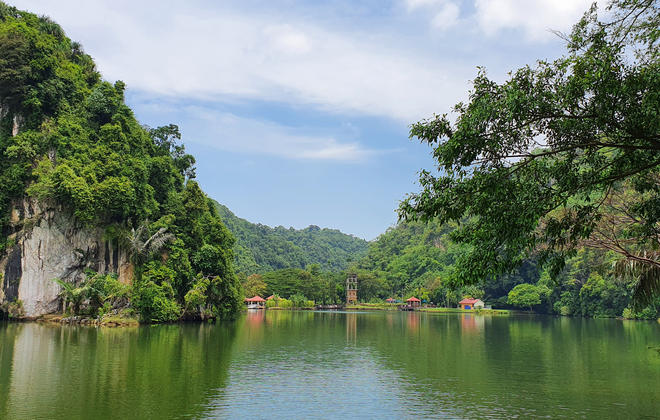
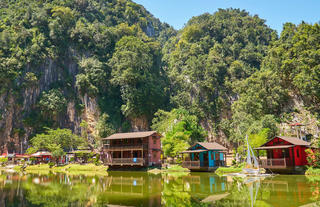
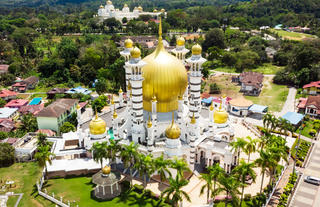
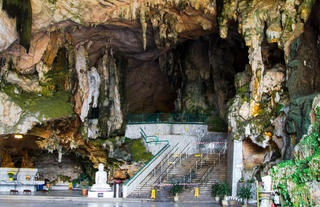
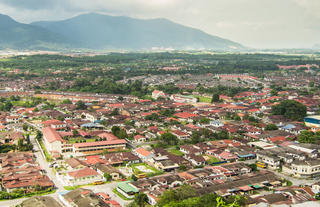
Located on Penang Island off the northwest coast of Peninsular Malaysia, George Town is a vibrant historic city and cultural hub. Designated a UNESCO World Heritage Site, it is celebrated for its unique blend of Malay, Chinese, Indian, and European influences. Travellers are drawn to its atmospheric streets lined with colourful shophouses, ornate temples, and colonial-era architecture. George Town is also famous for its dynamic street art and world-renowned food scene, where hawker stalls serve up classics like char kway teow and Penang laksa. Visitors can wander through heritage streets, explore bustling markets, or take a trishaw ride through narrow lanes, fully immersing themselves in the sights, sounds, and flavours of the city.





Kota Bharu (meaning ‘New City’) is the capital of Kelantan and the ideal place from which to experience the state’s many charms. It is a friendly city with a large Islamic population, a rich cultural heritage, and excellent Kelantanese cuisine. Prime attractions include the Istana Jahar, an impressive Kelantanese palace; the bustling day and night markets; and the city’s array of museums, which cover an array of subject matter from local culture, handicrafts, and royalty, to the region’s role in WWII.
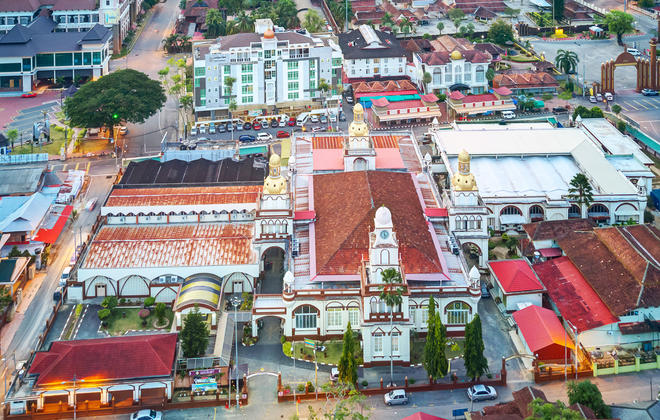
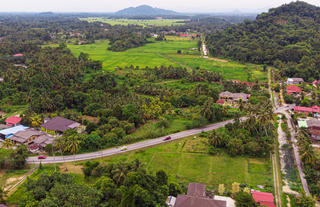

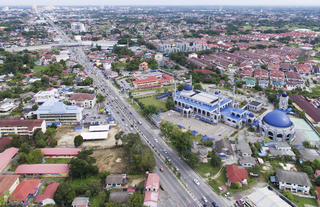
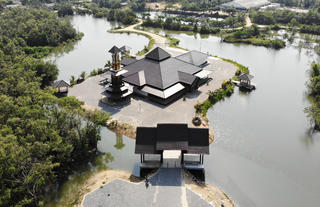
Set on the banks of the Terengganu River, along the northeastern coast of Malaysia, the city of Kuala Terengganu is the capital of the Terengganu state. It serves as the main gateway to many of the state's popular tourist destinations as well as a jump off point for boats travelling to the surrounding islands. While the city has all the modern comforts, Kuala Terengganu still retains a strong traditional heritage. Don’t miss the Pasar Besar Kedai Payang, the city’s main market, Terengganu State Museum, one of the largest in Malaysia; Kampung Chinatown, a popular attraction and the magnificent Batu Buruk beach. Popular activities in the area include: scuba diving, snorkelling and lounging on white-sand beaches.
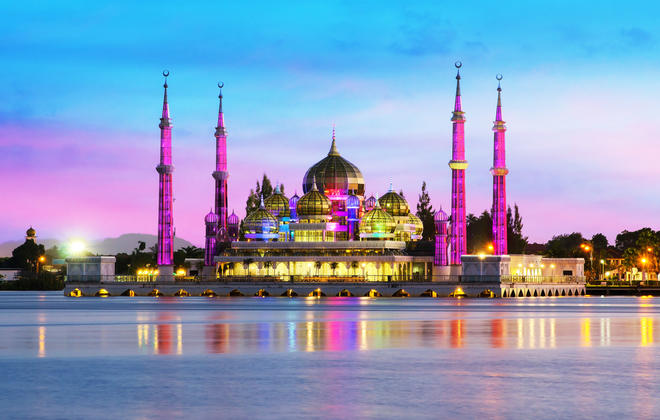
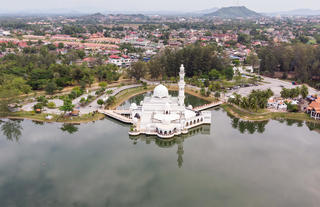
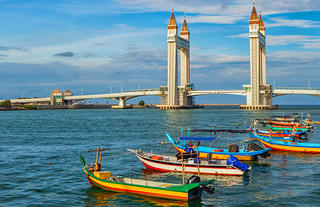
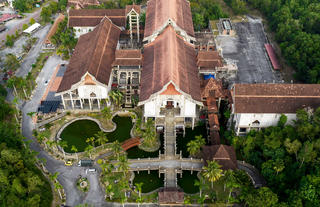
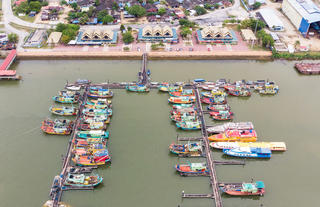
Set on the shores of the South China Sea at the mouth of the Kuantan River, the leafy port city of Kuantan is fast gaining popularity with tourists for its countryside atmosphere, lovely beaches, upmarket resorts and mouthwatering seafood. Visit the resplendent Sultan Ahmad 1 Mosque in the heart of the city; take a cruise down the Kuantan River past traditional hamlets and tangled mangrove swamps teeming with birdlife; visit the fishing village of Tanjung Lumpur to sample an array of mouthwatering local cuisine, or head to one of the surrounding beaches for some sea and sun.
